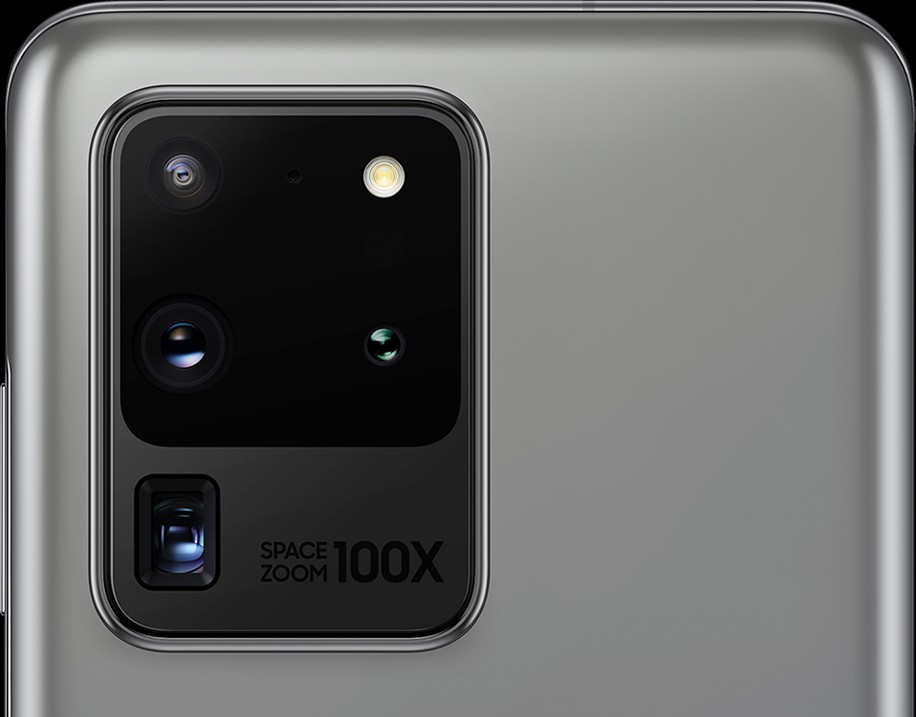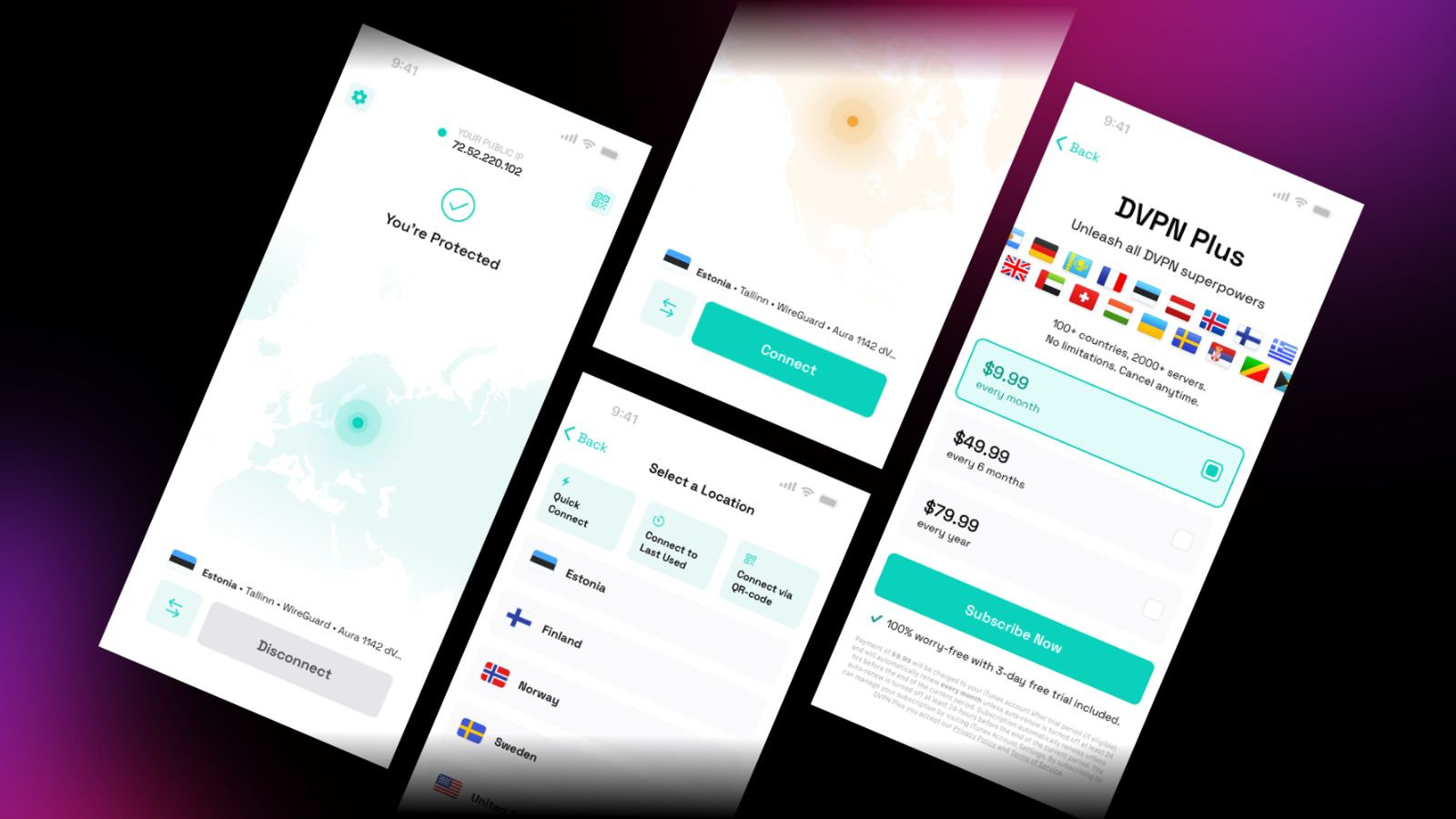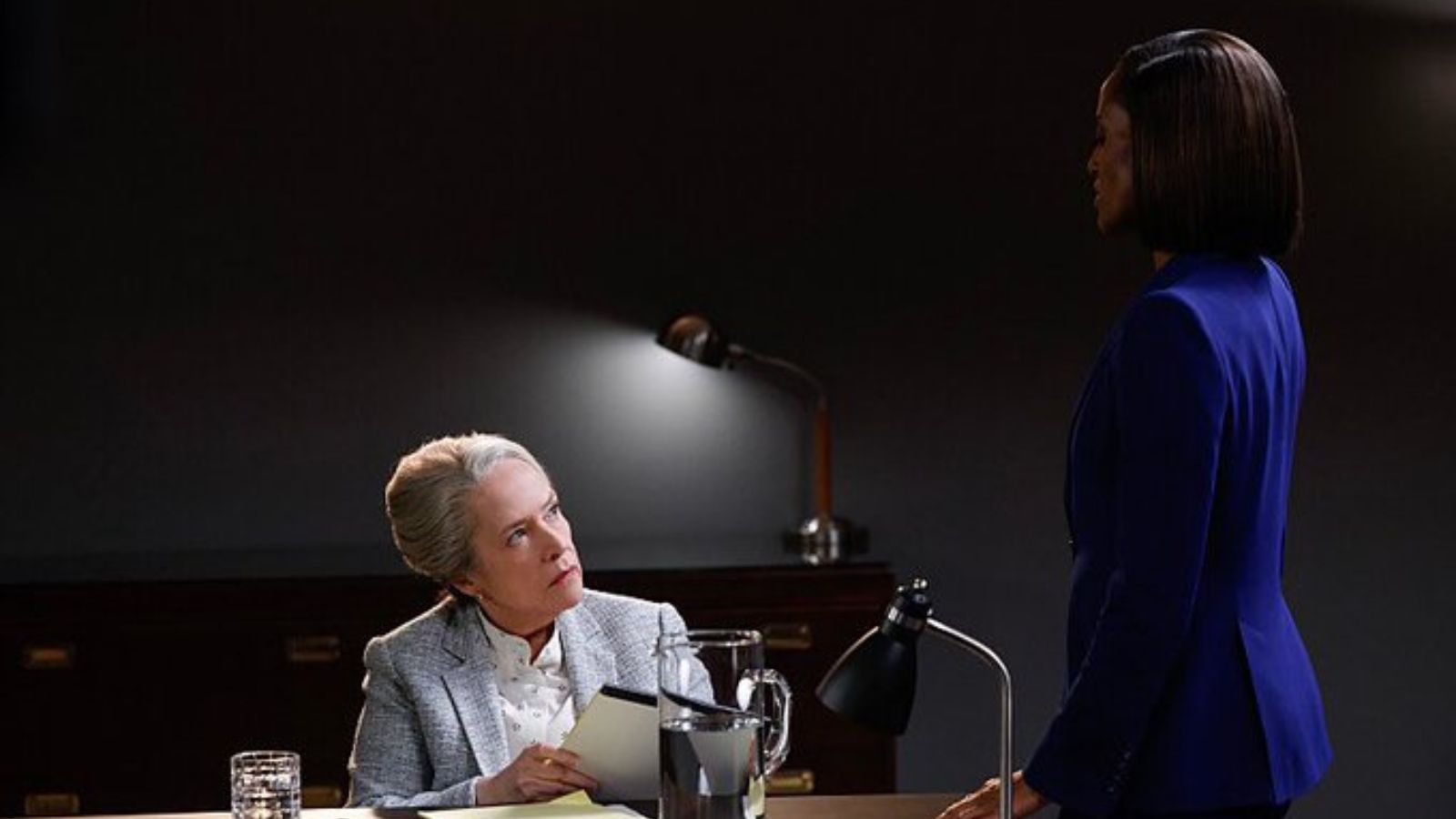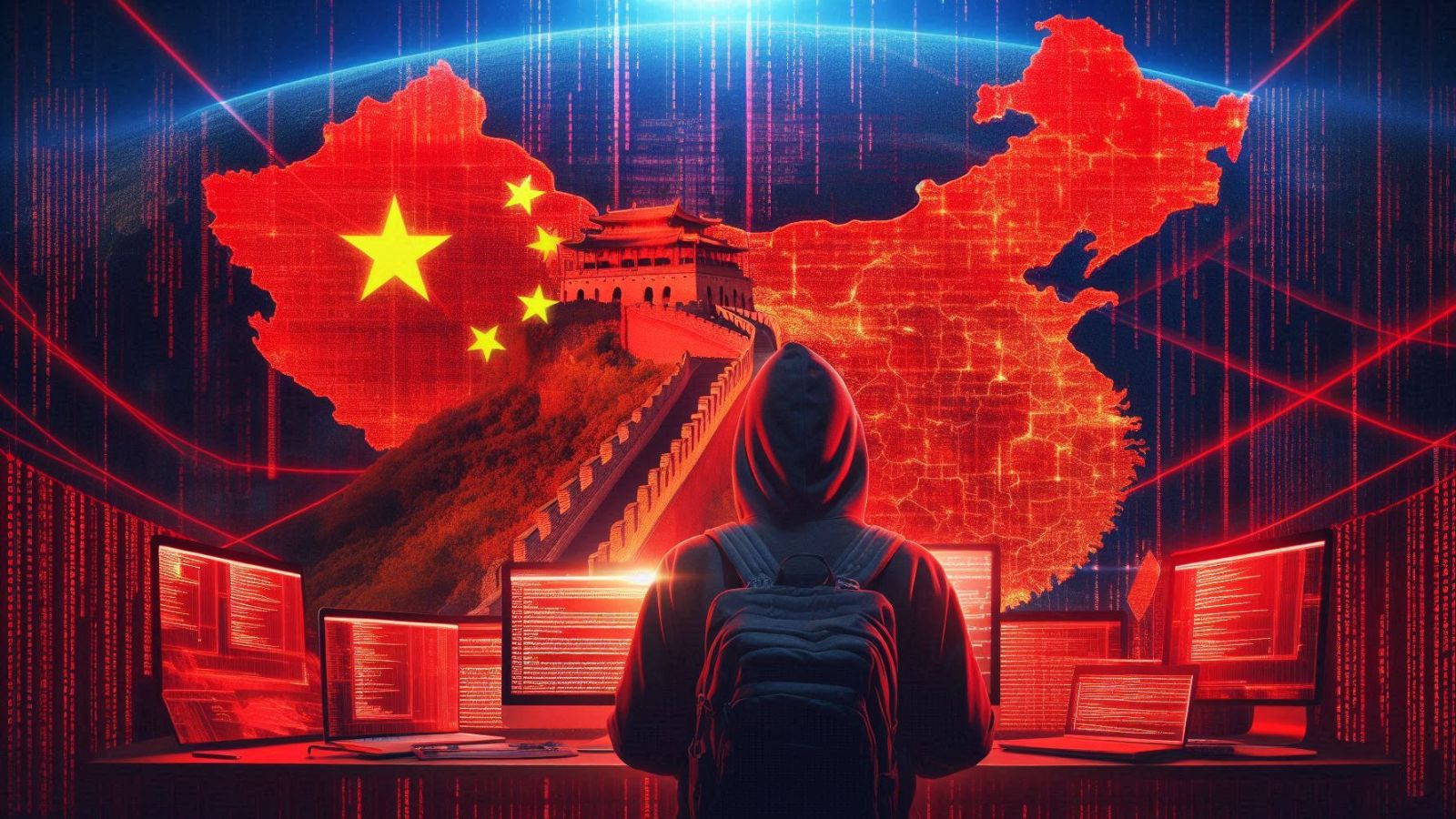
Is the Samsung Galaxy S20 Ultra a True Contender for the iPhone 11 Pro Max?
- The Galaxy S20 has been presented and everyone is awed by the new 108 MP camera system.
- Samsung’s new phone deploys the Bright HMX sensor used by Xiaomi before, but with some extra perks.
- The iPhone 11 Pro Max which is competing directly with the S20 Ultra is having a hard time against it.
Samsung has held it's highly-anticipated “Galaxy Unpacked 2020” event, where they presented the new range of the Galaxy S20 phones. While the new flagship device from the Koreans gives many reasons to be excited about, what everybody is talking about is the new 108MP camera with the 100x zoom! What Samsung did this time was triple the size of the camera sensor, which makes the whole difference in low light conditions, as well as across the range of every potential image capture.
The new Galaxy range uses the “Samsung Bright HMX” sensor that has a resolution of 108MP and a size of 1/1.33”. This new sensor uses a patented technology called “Nonacell”, which can merge 9 neighboring pixels from a 3 x 3 square into one larger pixel for the purpose of capturing more light during nighttime. To prevent color interference between these pixels, Samsung has incorporated its “ISOCELL Plus” tech to define barriers between them. The end result is a sensor that can do up to 3x lossless zoom on the hardware level, create 12MP photos at 3x magnification without upscaling, and record 8K video at 24 frames per second with the ability to pull 33MP stills from it.
Source: Samsung
So, how does the top of the range, Samsung Galaxy S20 Ultra compare to its nemesis, the Apple iPhone 11 Pro Max? This will be up to the reviewers to call, but we can still take a quick look at the numbers just to figure out the obvious differences between the two.
Size-wise, they’re pretty similar, with the iPhone being a bit smaller and thinner than the S20. However, the Samsung packs a much bigger screen (6.9 inches vs 6.5), which also has a significantly higher pixel density (524 PPI vs 456 PPI). Another detail about the screen is that the S20 refreshes at a rate of 120 Hz, which is the trend on high-end devices right now.
Although the Apple A13 Bionic has two cores less than the Samsung Exynos 990 and the Snapdragon 865 (both will be used), and in spite of the fact that it runs at a lower frequency and the difference between the RAM of the two is vast (4GB vs 12GB), we doubt that the S20 Ultra will manage to achieve better benchmark scores than the iPhone 11 Pro Max. We’ll have to wait and see about that though.
The difference in the camera is also humongous. The sensor size on the iPhone is a “mere” 1/2.55, the resolution is almost ten times less, and the telephoto lens is also inferior (12 MP vs 48 MP). The selfie features similar differences with the S20 being of 40 MP of resolution and iPhone’s measuring only 12 MP. However, all these numbers don’t mean a thing in the end quality, as there’s a lot that comes into play. In terms of slow-motion video, the iPhone can capture a staggering 240 fps, while the S20 goes way up to the jaw-dropping figure of 960 fps.
On the power front, the iPhone comes with a Li-Ion battery of a capacity of 3969 mAh, while the Galaxy S20 Ultra packs a 5000 mAh cell. With the A13’s energy efficiency boosts and Galaxy’s larger screen, we’ll have to wait and see what the actual user tests will report on that part too.
Finally, we should point out that the S20 is a 5G phone while the iPhone 11 is still registered in the 4G era. As for the price, the S20 ultra with the 512 GB of memory is sold for $1599, while the 256 GB edition of the iPhone 11 Pro Max costs $1249.







